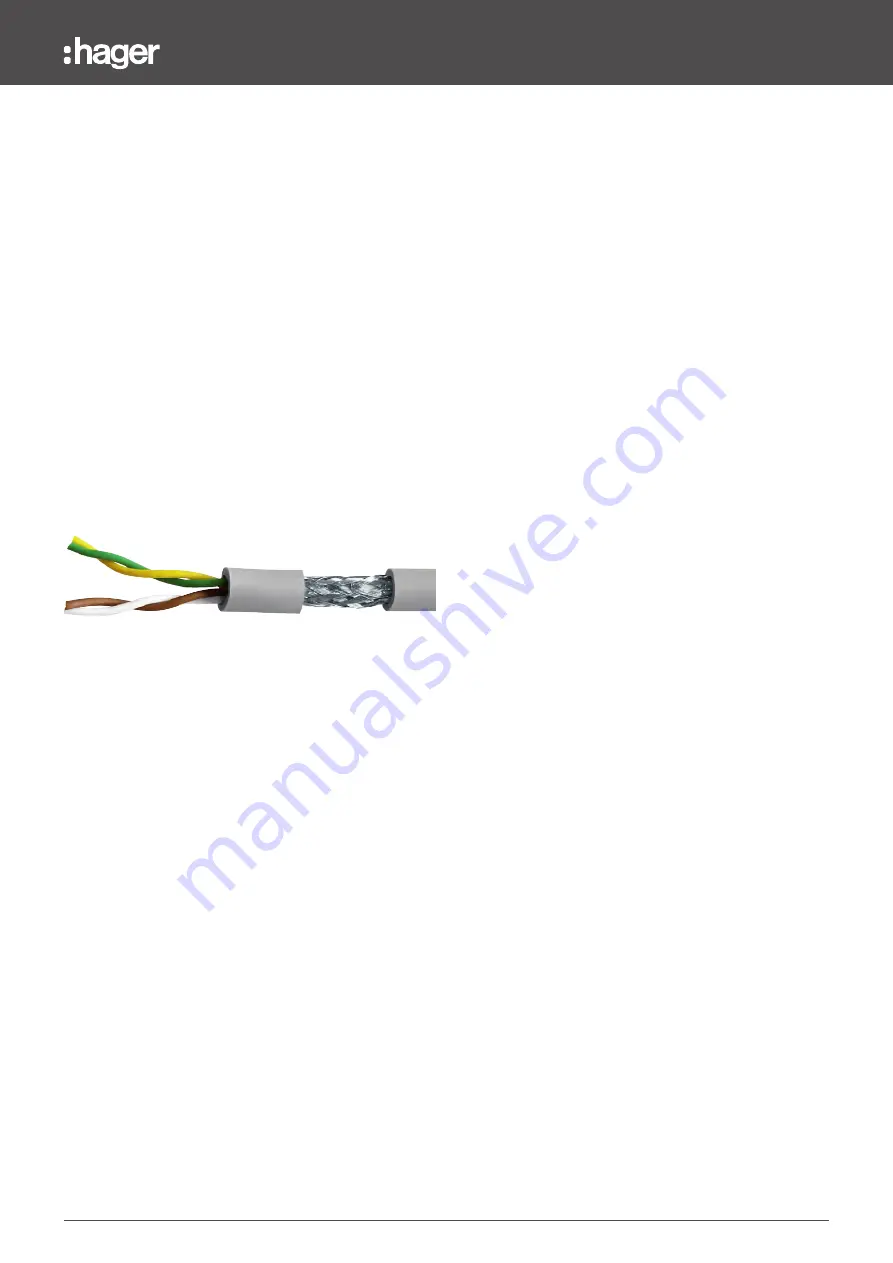
11
Technical changes reserved
Termination resistors
Because of the high frequencies and the distances involved, proper
attention must be paid to transmission-line effects. A terminating
resistor is placed at the extreme end or ends of the cable. It is impor-
tant that the line be terminated at both ends since the propagation
is bi-directional.
The value of the terminating resistor is ideally the same value as the
characteristic impedance of the cable.
When the termination resistance is not the same value as the charac-
teristic impedance of the wiring, reflections will occur as the signal
travels down the cable.
Although some reflections are inevitable due to cable and resistor to-
lerances, large enough mismatches can cause reflections big enough
to cause errors in the data.
Each line termination must be connected between the two conduc-
tors of the balanced line.
To summarize, the different cabling points to respect for
the bus are:
- Screened twisted pair cable must be used, minimal cross section
0,25mm² or AWG 24, 2 pairs, 120Ω characteristic impedance.
- Length of the bus, maximal 1200m if using 0,34mm
2
or AWG 22
cable or greater.
- The cable must be terminated at each end with a 120Ω, 1/4 W
(or greater) resistor.
- Daisy chained connection (only 1 short stub allowed on the bus,
maximal length 30cm)
- Maximum 32 devices (1 31 slaves)
The following wiring rules must be respected in order to 410H
reduce disturbance due to EMC on the behavior of the HTG410H:
- Keep a distance as large as possible between the communication
cable and the power or control cables, minimum 30cm.
- Cross over the Ethernet cable and the power cables at right
angles, if necessary.
- Install the communication cables as close as possible to the
grounded plate.
- Do not bend or damage the cables. Respect the minimum
bending radius of the cable.
- The cable shield must be connected as short as possible to
a protective ground.
- Wire the bus between each connector directly, without
inter mediate terminal blocks.
(Picture no contractual)
HTG410H
The EIA/TIA RS485












































